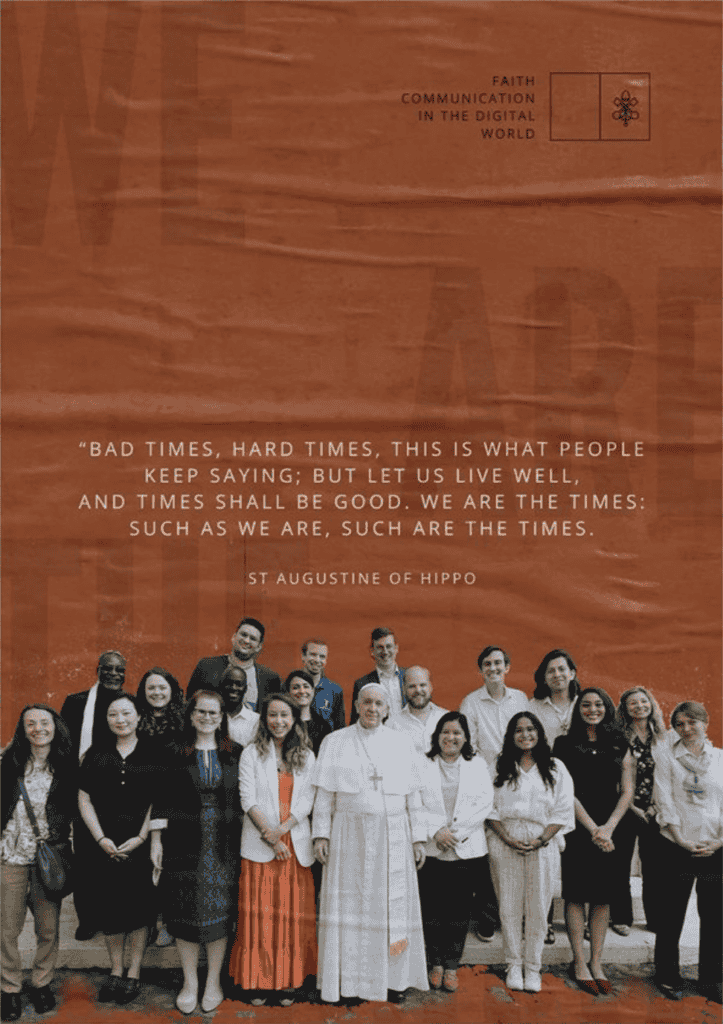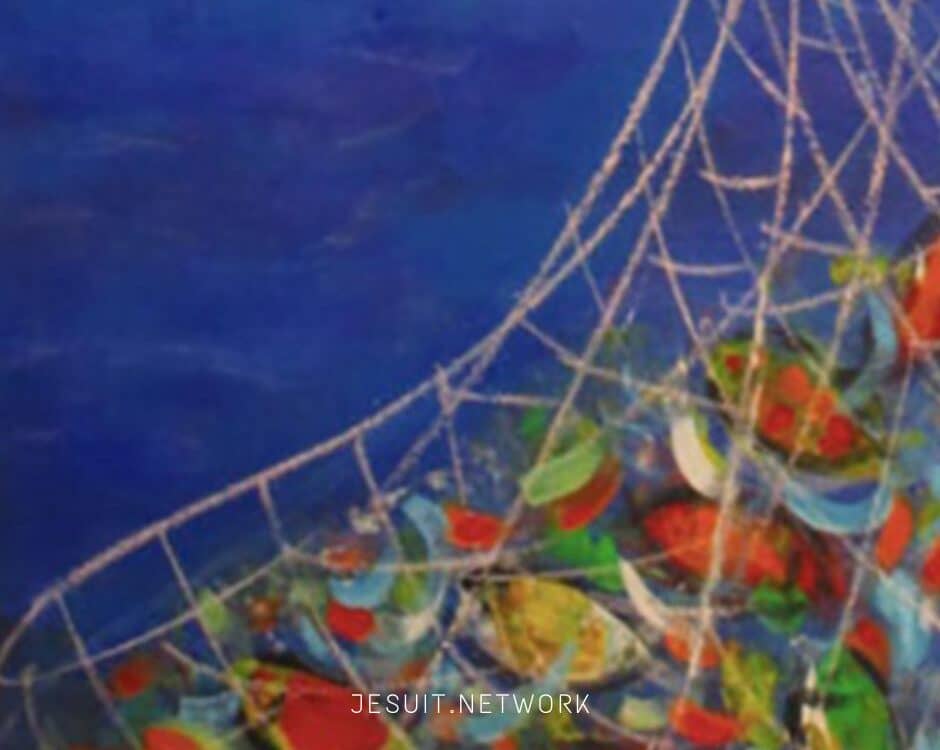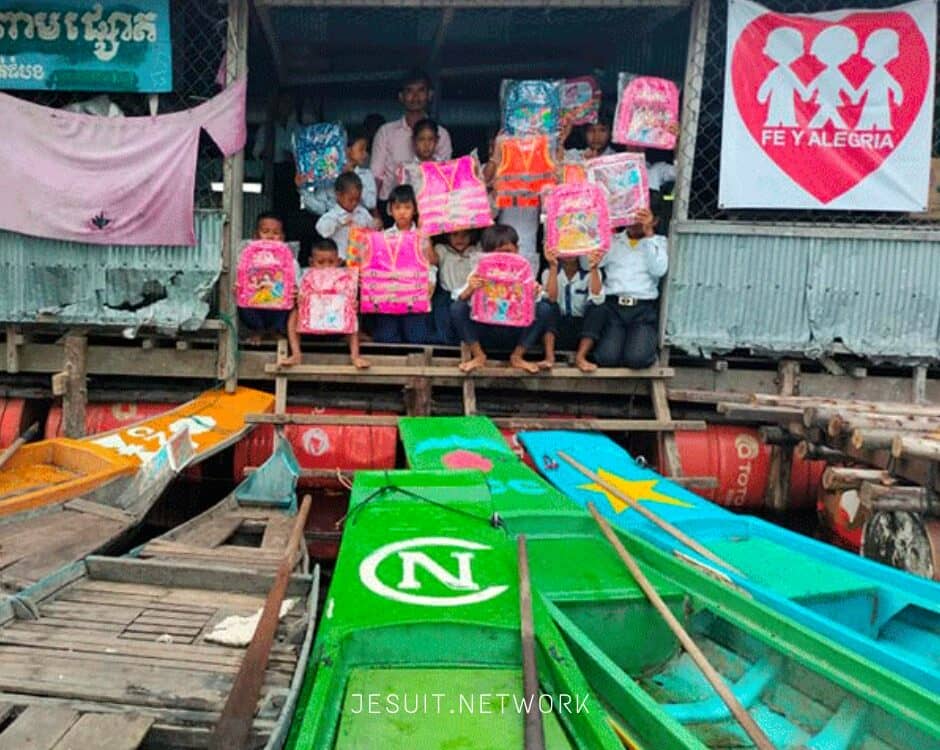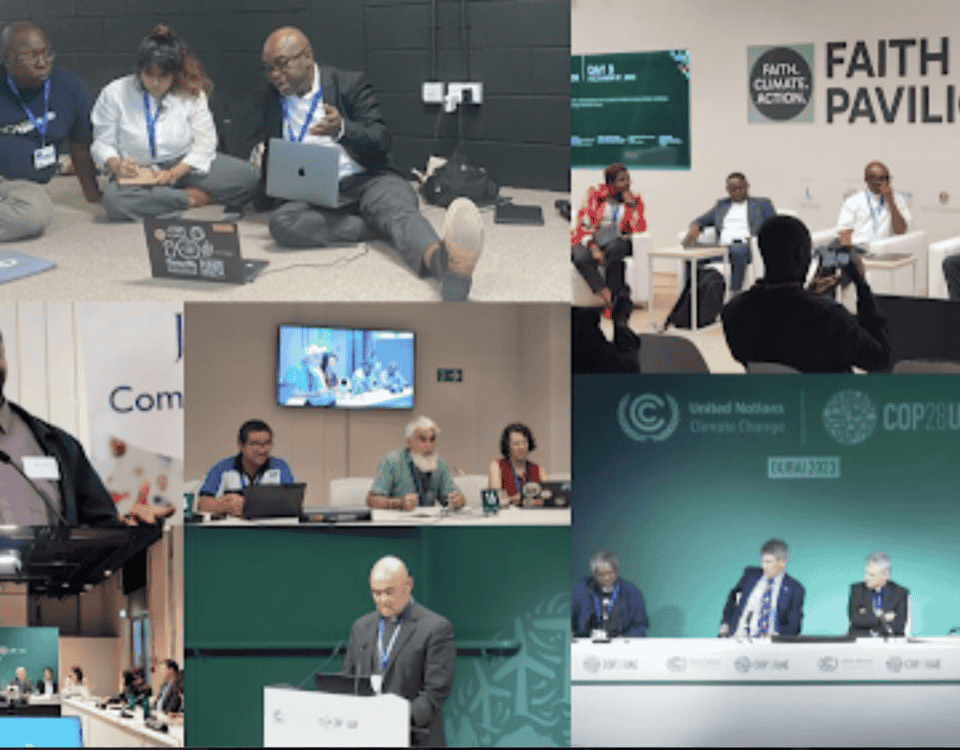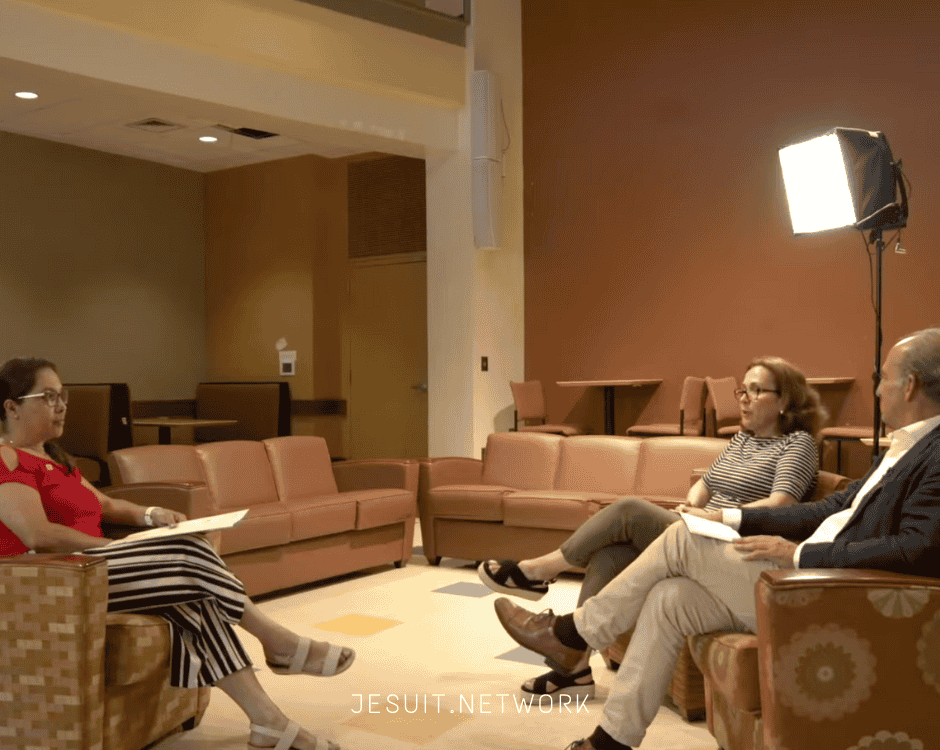This website uses cookies so that we can provide you with the best user experience possible. Cookie information is stored in your browser and performs functions such as recognising you when you return to our website and helping our team to understand which sections of the website you find most interesting and useful.
Experiential collaboration: communicating faith in the digital world
An extraordinary experience of learning, service and friendship – the kind you’d be hard pressed to believe happened in the midst of a pandemic – has just ended. A little over a year ago, the Vatican’s communication dicastery invited young people from around the world to participate in an unprecedented programme to explore the challenges of transmitting faith in the digital world in our time.
I was privileged to be selected along with fifteen other young people with a vocation for communication, and after a year of weekly virtual meetings, a week in Rome, five interdisciplinary projects, and a lot of scrambled schedules, here’s what I learned about the power of experimental collaboration.
1. It is prophetic to bet on collaboration
Especially during times of social distance, it is easy to prefer the individual, the isolated, the safe and the known; but choosing to be uncomfortable in order to grow and to invite others to be uncomfortable with you to create other possible futures is courageous, hopeful and counter-cultural. This was the testimony I received from the coordinators of the programme, who staked everything to sow with and for the sixteen communicators a different style of Church.
2. It is important to put down roots together
If you don’t know where to start, connecting the past with the future is a good map. Today’s challenges may seem overwhelmingly “new”, but in the richness of the magisterium there is always something ahead of its time that can illuminate the processes. Communio et Progressio helped us to situate ourselves.
3. Community is always more creative
4. Healthy creativity
In times of stagnation, discouragement, frustration or grief, intentional creativity is a latent sign of the Spirit that uninstalls our blockages and stimulates our affections with novelty, wonder and mystery.
“Everyone knew what they did well individually, but it was new for everyone to find out what we could do together”
5. The sketches make the masterpiece, even if they don’t show in the end
We were commissioned in small teams, medium teams and all together. Many efforts were complementary or providentially aligned, producing satisfaction and success, but it wasn’t always like that. Inspired by Rupnik’s mosaics, I learned that in collaboration, as in art, not-successes are not failures or mistakes, but attempts, paths and unfinished expressions of something more beautiful and more good, which with love and patience we can discover and integrate together.
6. Fruitfulness comes from daring to share the mission (and life)
Everyone knew what they did well individually, but it was new for everyone to find out what we could do together. Co-creating change involves welcoming the experience of others, professional, spiritual and human, and being open to sharing one’s own. When mission is taken on as something shared, the responsibility that grows is directly proportional to the horizon that expands, to which we can walk, opening paths of hop.
“Co-creating change involves welcoming the experience of others, professional, spiritual and human, and being open to sharing one’s own”
7. The 3 H’s for learning by experiencing: honesty, humility and humour
Three attitudes that cut across all unfamiliar, exciting and intercultural processes. Necessary to ask for help, to clarify a point, to make one’s own talent available, to listen generously, to correct a sketch, to encourage each other, to concretise actions and execute them, to have fun on the way and in the end to always return to a position of joyful and disinterested service for the greater Glory of God.
At the final meeting we presented the second generation with a timeline summarising the whole experience, which you can find here.
At the end, Father Anthony Le Duc told us:
“I am very impressed and hopeful to see the openness, creativity and energy of the first group. For me, the first and second generation, along with your voices, represent a very important portion of the Synodal Church. I hope that in your position as communicators of faith from diverse backgrounds you will serve as a bridge to connect the Church with other portions of the synodical Church, especially those who are not always fully represented, so that more voices can be heard and included in the life and mission of the Church.”
How good it is to shape the Church collaboratively, creatively, connected, experimental, and open to learn, to improve and to serve. The faces and names of my companions will forever be a living sign of hope and communion.
